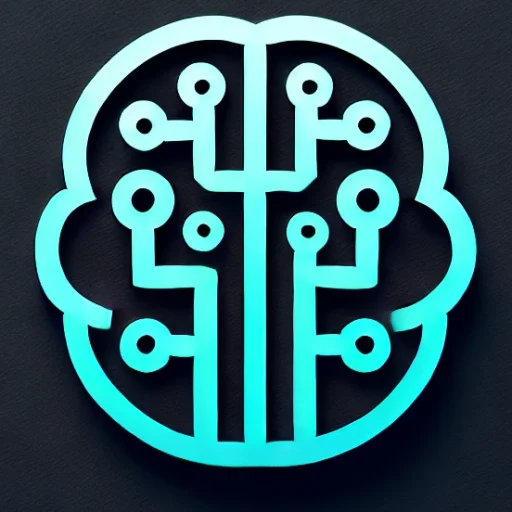
Generative AI, a subset of artificial intelligence that focuses on creating new content from learned data, is revolutionizing industries and reshaping societal norms. The technology, which encompasses models like GPT (Generative Pre-trained Transformers) and GANs (Generative Adversarial Networks), is pushing the boundaries of what machines can creatively and autonomously produce.
Key Insights & Latest Advancements
In recent years, generative AI has made significant strides, primarily with models like OpenAI’s GPT-4 and Google’s Imagen. These models excel in natural language processing, image creation, and even music composition, illustrating the expansive capabilities of AI beyond simple automation tasks.
One of the most notable advancements is the improved ability of AI to understand and generate human-like text, as seen with GPT-4. This model not only enhances chatbots and virtual assistants but also aids in content creation, language translation, and even creative writing. Similarly, image generation models such as DALL-E 3 have revolutionized how graphic design and art industries approach creative production, making high-quality art accessible to non-experts.
Real-World Applications
Generative AI’s practical applications are vast and varied. In healthcare, AI-driven models are creating synthetic medical records to train machine learning algorithms without compromising patient privacy. In entertainment, AI is being used to generate scripts, storyboard concepts, and even entire movies, providing new tools for filmmakers and artists.
In the business sphere, companies are leveraging generative AI for customer service automation, generating personalized marketing content, and even creating complex financial models. The ability of these models to simulate multiple scenarios and produce detailed reports is invaluable for strategic decision-making.
Challenges & Future Outlook
Despite its promise, generative AI also faces significant challenges. Ethical concerns regarding the misuse of deepfakes, misinformation, and intellectual property rights are at the forefront of current discussions. As AI can generate highly realistic content, it becomes increasingly difficult to distinguish between what is real and what is fabricated, raising questions about trust and authenticity.
Furthermore, the computational resources required for training these models are substantial, posing environmental sustainability challenges. Initiatives are underway to make model training more efficient, but there is still much work to be done.
Looking to the future, the integration of generative AI into daily life will likely become more seamless, with advances focusing on ethical AI development and resource-efficient training methods. AI’s potential to augment human creativity suggests a future where AI-human collaboration could lead to unprecedented innovation.
Conclusion
Generative AI stands at the frontier of technological innovation, offering transformative potential across various sectors. Its ability to generate content, predict trends, and solve complex problems highlights its role as an indispensable tool in modern society. However, balancing these benefits with ethical considerations and sustainability remains crucial. As we move forward, advancing AI responsibly will be key to unlocking its full potential.
By embracing these technologies with caution and foresight, we can harness the power of generative AI to foster growth, enhance creativity, and improve global quality of life.

